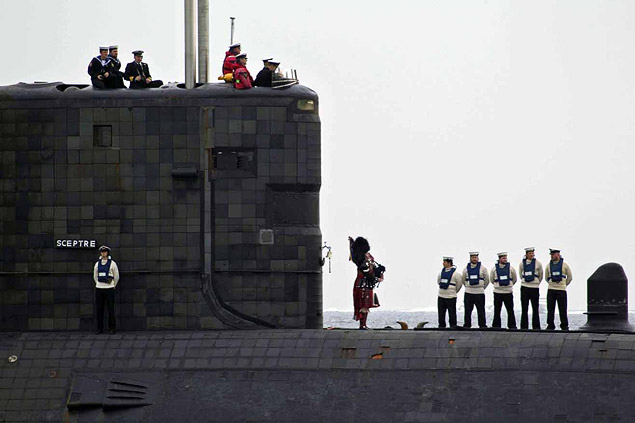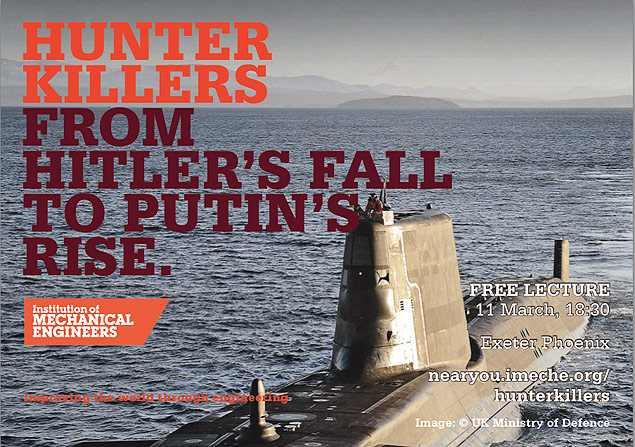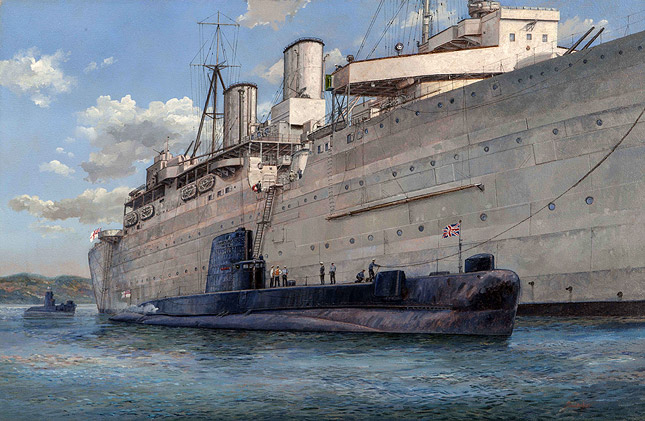The Best Answer to Russian submarines intruding in the UK’s backyard is… a hunter-killer submarine
It is with reluctance that I cast myself as ‘outraged of somewhere’ or ‘disgusted of another place’ and write to a national newspaper. I am not, after all (yet) a crusty old Colonel Blimp type character, fond of firing off a blunderbuss of outrage from my winged armchair by a crackling fire. Sometimes, though, you read a commentary or news report in a paper and cannot help but launch something at the relevant letters page. Such was the case with Con Coughlin’s commentary on UK defence matters, published in the Daily Telegraph on March 2. It issued a warning against further defence cutbacks and was entitled ‘US fears that Britain’s defence cuts will diminish Army on world stage’, the usual land-centric headline to be expected from the Daily Telegraph.
In his commentary Coughlin rightly highlighted a recently exposed gap in the UK’s maritime defences. He wrote: ‘For example, following the Coalition’s decision to scrap the RAF’s Nimrod maritime patrol aircraft, we no longer have the ability to track the activities of Russian nuclear attack submarines [SSNs] in the North Sea. A simple, cost-effective replacement would be to purchase the Boeing P8 Poseidon, with similar capabilities, which the RAF estimates would cost around £200 million a year – a reasonable investment, you might think, given the state of tensions between London and Moscow.’
Aside from quibbling about whether or not the vulnerability is in the North Sea – comparatively shallow and not the prime operational area of Russian nukes (that’s the Atlantic and off the main British submarine base on the Clyde) – the idea that an airborne Anti-Submarine Warfare (ASW) capability will fill the gap is contentious. Hence my letter to the Editor of the Daily Telegraph:
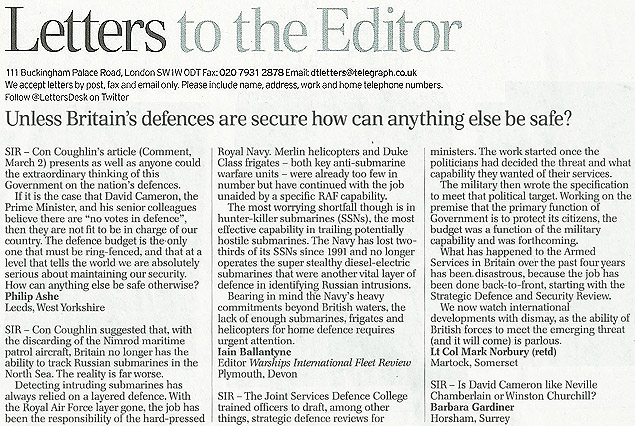
Nobody would suggest that a Maritime Patrol Aircraft (MPA) is not an important layer of defence capability (and one that Britain sorely lacks thanks to the UK government getting rid of the Nimrod MPA in 2010). In leading maritime nations it is the Navy that operates such aircraft to ensure they are properly integrated with other maritime assets to gain the best defence.
It is not, though, the primary – nor by any means the most effective – ASW capability to safeguard territorial waters. As my letter published in the Daily Telegraph – all credit to them for using it to balance the debate – points out, Royal Navy frigates, helicopters and submarines provide the most effective means of countering intruding submarines. It is just that in today’s RN they are now too few in number and do not even have the back-up of MPAs.
A Cold War submarine captain I know once suggested to me that he feels the only way a MPA could find a properly operated SSN was if it bumped into it. “MPA radar is a good deterrent, which makes you keep your head down,” he explained, “but the only time one SNN I commanded was detected by a sonobuoy was when we passed about 20 feet away from it and the contact was fleeting.”
Cold War-era British MPAs fared better against the Russians, however. “Nimrods used to get away with it when tracking earlier Soviet submarines,” the SSN captain also observed, “but they were pretty hopeless against a Victor III. Against an Akula, I would have given them hardly any chance at all.”
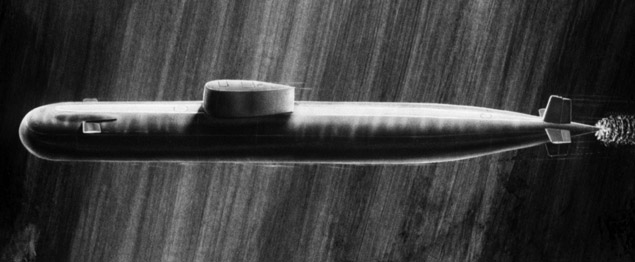
A Cold War era artist’s depiction of a Russian submarine prowling the deep – the Kremlin's submarines are back nosing around UK waters. Image: US DoD.
While MPA sensor technology will have advanced greatly since the Cold War, nothing can compete with a nuclear-powered submarine fitted with powerful sonar and other sensors when it comes to finding, trailing and – should it ever be needed – destroying an intruding (potentially hostile) submarine.
That is not to say aircraft can’t be useful. During WW2, when utilised properly they were almost as effective as ASW escort groups of warships and even more so when the Allies turned the tide in the Battle of the Atlantic. That was against diesel-electric submarines, which usually preferred to make passage to their hunting grounds on the surface and also liked to attack convoys surfaced. A nuclear-powered attack submarine – submerged throughout a deployment – is not so easy to find, deter or destroy using aircraft.
Where MPAs can also prove decisive is in working with SSNs, feeding reconnaissance data and other intelligence to friendly hunter-killer submarines. As detailed in my book ‘Hunter Killers’ MPAs were important in the hunt for the Soviet carrier Kiev undertaken by HMS Sceptre (during late 1970s), the latter then under the command of Commander Rob Forsyth. In the end the Kiev got away, because the contemporary communications links could not feed the information to Sceptre quickly enough and she was a single submarine operating across the entire Mediterranean.
Back then, as now, when it comes to the undersea warfare game, the only sure way of effectively protecting your home waters against a potentially hostile submarine is to send out an SSN, with the fallback of other capabilities to close the net if need be.
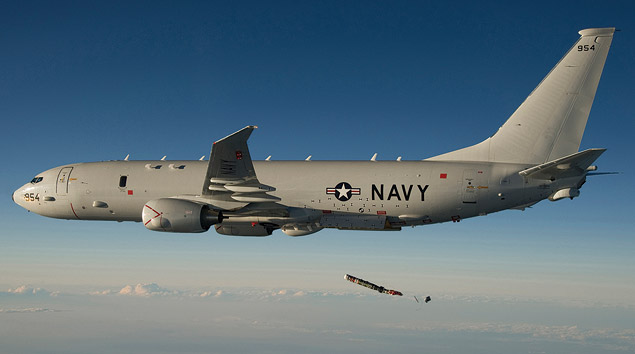
As US Navy Boeing P-8 Poseidon drops an exercise torpedo
The UK should invest in a new MPA and the Royal Navy should operate it. The Boeing P-8 Poseidon is one possibility, though the candidate list should also include the Kawasaki P-1, offered by Japan.
